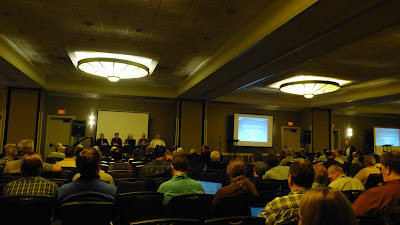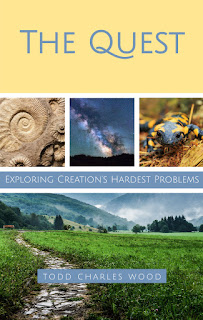But are they species? Thoughts on Neandertals and Denisovans

Does the existence of hybrids between Neandertals, Denisovans, and modern Homo sapiens demonstrate that they're all one species? I addressed this previously quite a few years ago: Human species Human species? There I addressed the weird hangup creationists have over multiple species of humans. This is still my position: So we have a morphologically different form of Homo (Neandertal) with a different development and evidence of low interbreeding. That's a good species. That's not the case with modern humans, which are genetically very similar, morphologically uniform, and can and do freely interbreed. Modern humans are all one species. With all the hubbub over that Neandertal/Denisovan hybrid, I thought it was time to examine the question of human species again over at Human Genesis . How many human species are there? [Hint: this new discovery does not change my position.] Check out the full article there. How many human species? Feedb...








